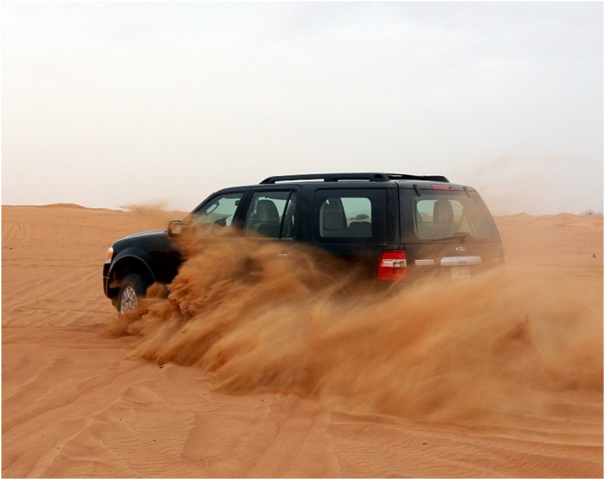Most of the major roads and highways that cross higher ground are considered smoothed dramatically but they represent some risks. Nevertheless, some of these roads require additional skills to maneuver safely with the lowest possible damages for your car. There are some important tips to do that:
1) Avoid driving on roads that cross hard slopes: you may lose traction and slip aside if you try to drive on these kinds of roads. Try to drive straight up on these roads and it is recommended to avoid driving on hills completely. Make sure of the circumstances on the other side of the hill before driving on the summit.
2) Start driving with low speed: when going up on the hard hills, the speed reduction may lead to stress the engine and perhaps suddenly stop functioning so it is recommended to start with a low speed rather than reducing your speed later on the hill.
3) Move slowly: try to observe all the speed limits posted on curves, slopes and straight roads.
4) Do not press on the brakes partially: when going down the steep gradients, the partial press on the brakes leads to stress the brakes’ system which is not required and also leads to increase the heat of your car. If you drive a car with manual transmission system, you have to move to a lower gear before you start to go down in order to allow the engine to slow your car.
5) Plan for what is coming: There are many signs and instructions on most hard roads so you have to plan the route between roads that have less difficulty and turned off before you start your mountain’s trip especially if you are towing a car or trailer or any other things.
Defensive driving techniques:
The pre-planning is vital for safe driving so you should equip yourself for the possibility of a situation where you need to react and think quickly, and keep yourself and your car from any damage from another driver. Find an empty parking place or a deserted road that does not has that much traffic and test how your car will response to the following precautions and make sure to test these steps in normal and slippery circumstances. With some little practices, you will have a contingency plan in addition to the skills needed to implement them.
Precautions:
You have to do these precautions very carefully in order to keep your car safe from any damage:
1) Watch out for obstacles and other cars when driving on the road.
2) Try to make sure to tight the seatbelts for you and any passenger with you in the car because they can save your life from any accidents.
3) Check your mirrors and invisible angles twice and try to know early the signs of the laws on the road and please stick to them.
4) Do not many quick stopping without leaving the brakes to cool out for some time.



